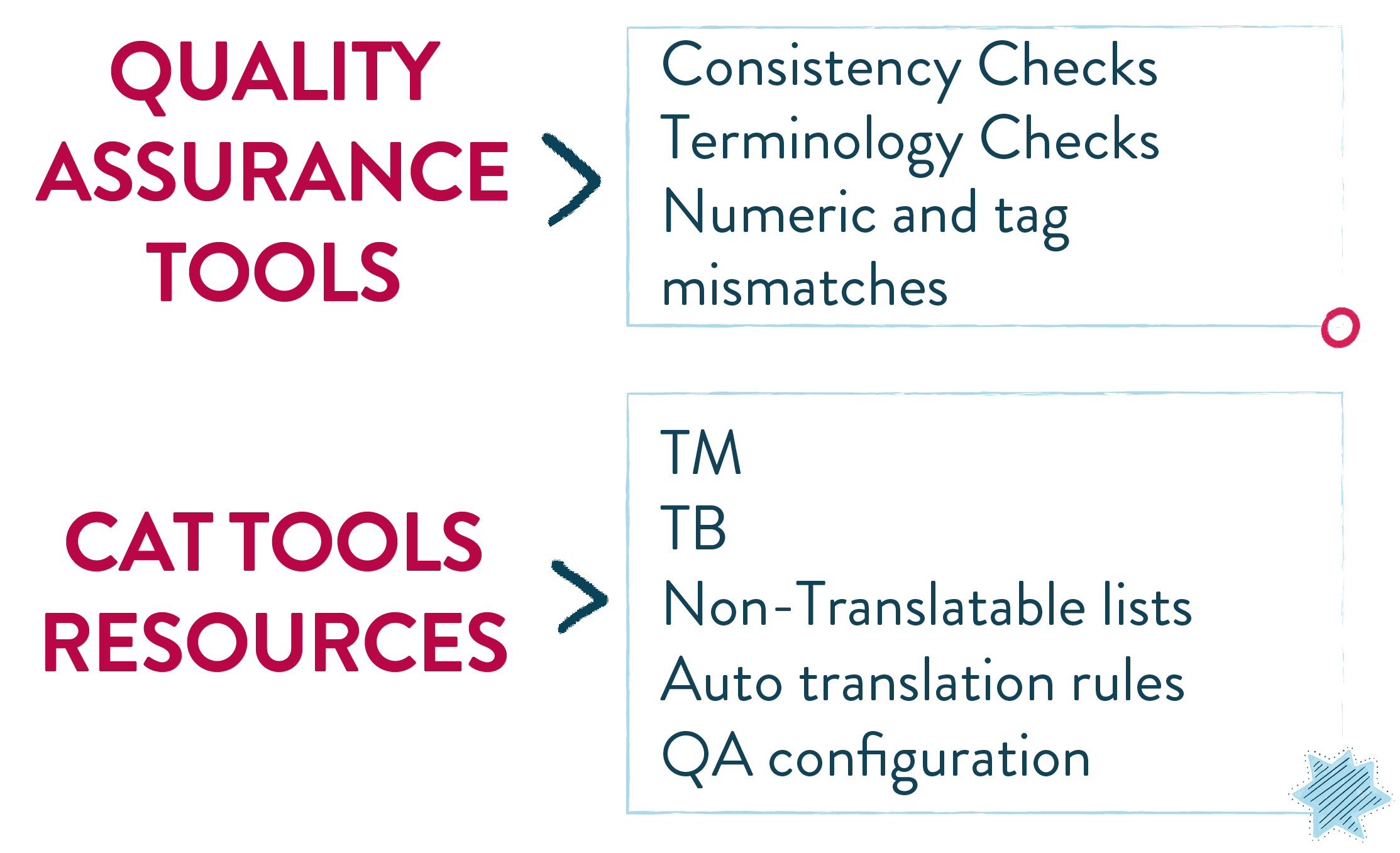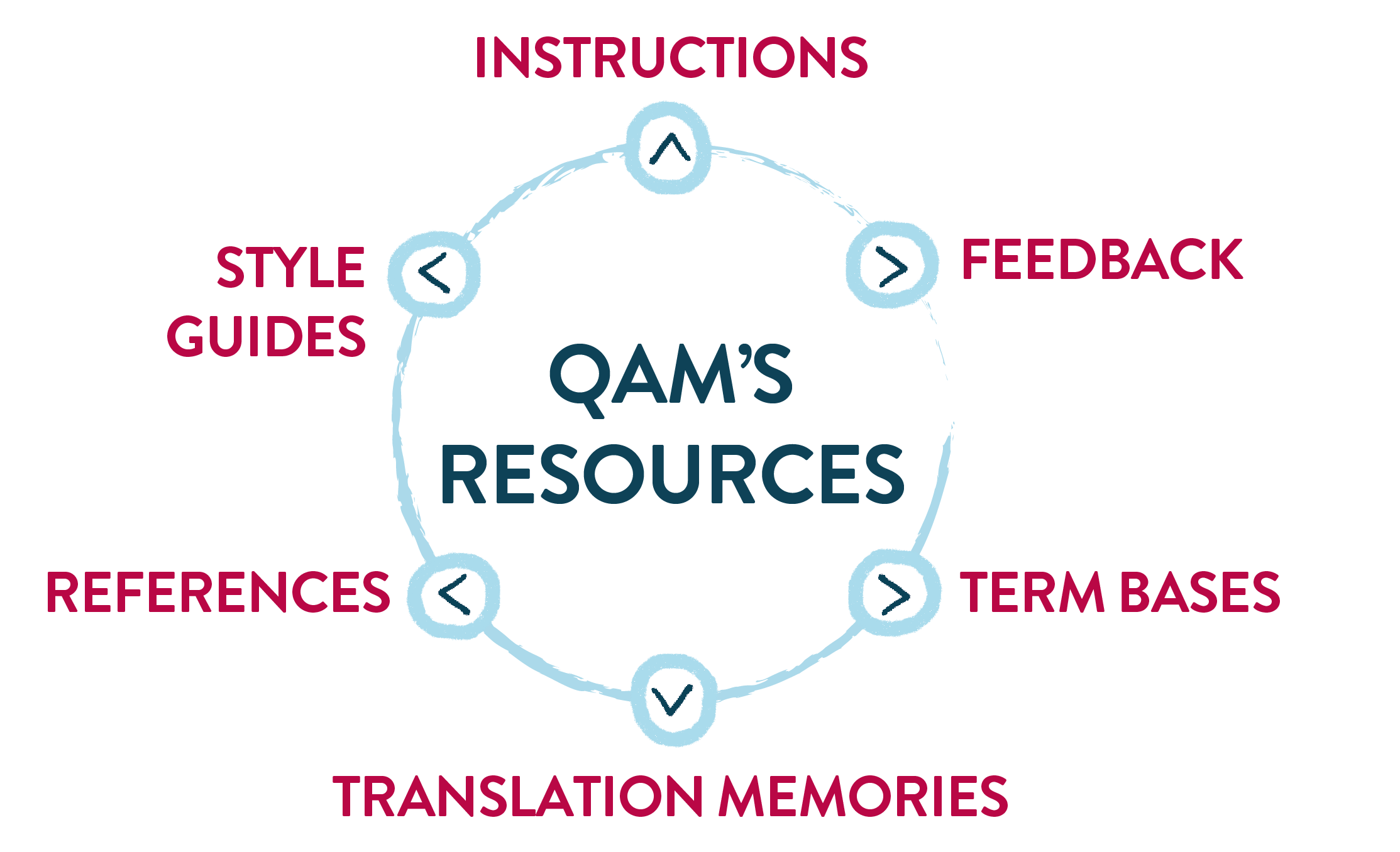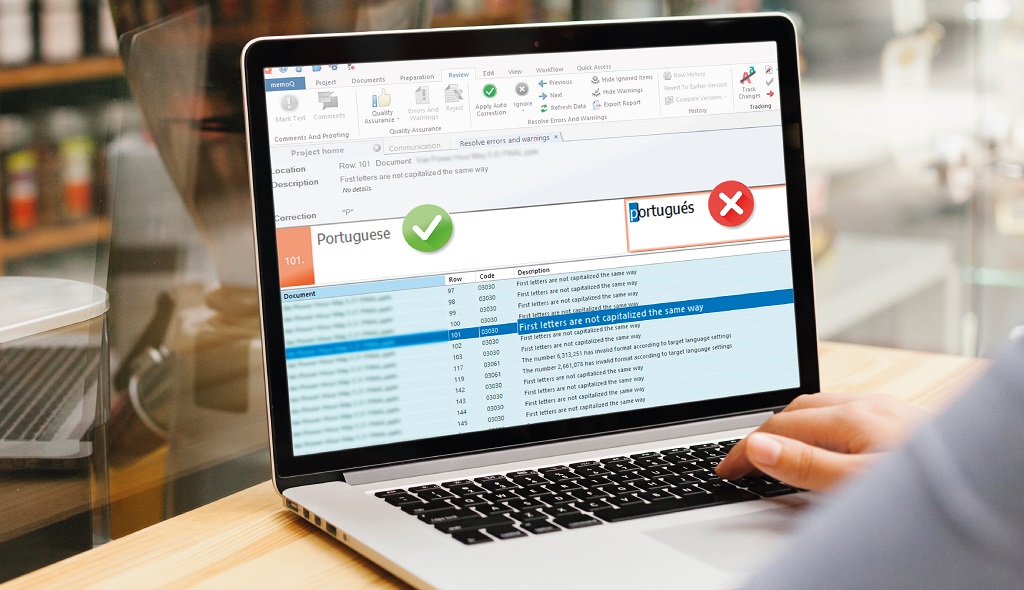Due to the fact that some language service providers offer integral solutions for globalized markets or products, they sometimes tackle projects that don’t involve a unique language pair, but rather multiple combinations. To assist in these endeavors, there are specialized reviewers that know how to perform quality checks in multilingual projects: the Multilingual Quality Assurance Managers (QAMs). Like any other QAMs, Multilingual QAMs review the material and manage resources and instructions, but for projects with more than one language pair—three, ten, fifteen, or more! This doesn’t mean they master all the potential languages a project may involve. Multilingual QAMs rather use their linguistic knowledge from the languages they do speak to comprehend glossaries or instructions for other combinations. In addition, they use Quality Assurance (QA) automation tools in their favor.
We talked to two of our most experienced Multilingual QAMs at Terra to offer expert insight on this challenging task.
The Three Functions

Both Verónica Ríos (Senior Multilingual QAM) and José Antonio Buzón Carbajo (Multilingual QAM) agree that the position has three main functions. On the one hand, they perform the final quality checks before delivery. They use QA features in CAT tools or specific software to do so. “We have the capability of searching for severe errors or in compliance with client’s instructions or glossaries in any language,” José explained. Stylistic or preferential changes are not under their scope, since that’s what native editors review.
On the other hand, their second function is to make all the client’s preferences, style guides, and instructions easily accessible to vendors. As Verónica said, “We manage and update all the resources and instructions regularly because our job is both corrective and preventive. We try to define guidelines for issues that we know may pose challenges among vendors. By doing so, we try to avoid mistakes or compliance before they happen.” Because of this, Multilingual QAMs need to be very rigorous and organized to correctly classify and update the materials and instructions for every language pair.
Lastly, QAMs manage feedback. They receive and analyze clients’ evaluations, and try to translate them into clear instructions for the teams. However, they also provide feedback to vendors. “At this point, building a solid communicational approach is key for us,” José added. As he explained, it’s the basis to provide constructive feedback to receptive linguists, who likewise help QAMs when they have questions about the text in their native languages.
QAM Starter Pack

QAM in general and Multilingual QAM, in particular, rely on specific IT resources, such as CAT tools’ features or QA software. These are mandatory tools that ensure quality by avoiding or detecting evitable errors that the human eye may fail to catch. “We as QAMs take full advantage of the resources memoQ offer,” Verónica explained. Term bases, translation memories, QA rules, auto-translation rules, and non-translatable lists, all allow the integration of important guidelines into CAT tools, and that reduces the margin of error or compliance.
Moreover, José and Verónica recommend collaborative online resources to share information, like Google Spreadsheets. If supervised, updated, and organized, they allow sharing in real-time valuable information with vendors around the globe. They can be helpful for many uses, like Q&A sheets, instructions, or feedback.
Curiosity and Imagination

Regarding the skills needed for Multilingual QAMs, Verónica thinks that experienced editors “have a trained eye to know what to correct and what to prevent,” she explained. Furthermore, being enthusiastic about QA automation and organized with time management and resources are, for her, mandatory assets.
Apart from that, as José sees it, a Multilingual QAM must be creative and willing to find new solutions to the project’s needs. “Too much imagination is never enough in this role,” he concluded. Any challenge is a new opportunity to search for ways to boost a team’s capabilities, always with QA tools as allies.









